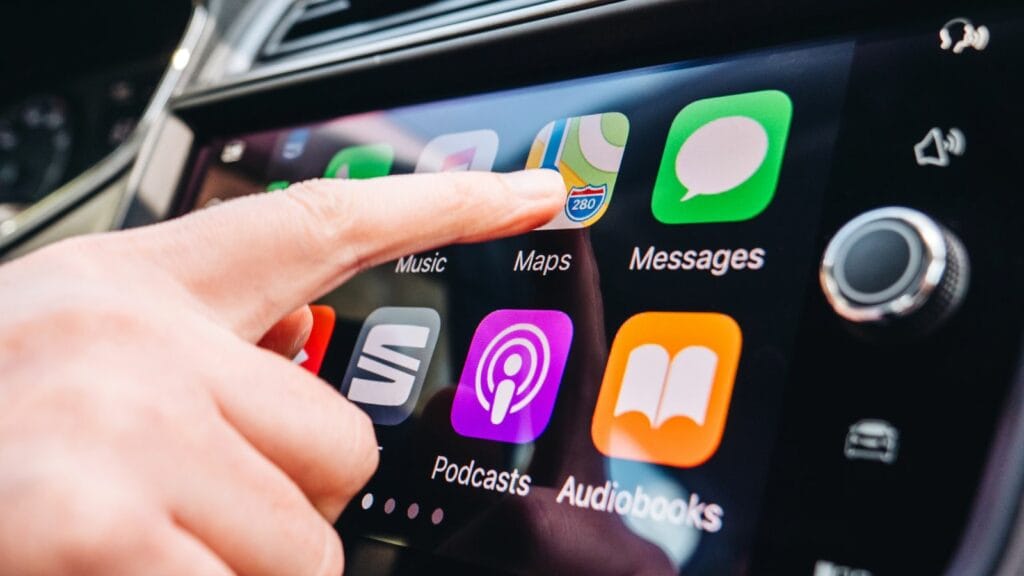General Motors shocked the industry this week when CEO Mary Barra announced that the company will completely remove Apple CarPlay and Android Auto across its entire lineup. This change will affect both electric vehicles and traditional gas powered cars over the next few years. In their place, GM will introduce its own built in infotainment system powered by Google’s Android Automotive OS. Barra defended the decision, stating that it will deliver “a smoother, safer, and more unified user experience.” But for millions of drivers who have come to rely on the convenience and familiarity of CarPlay and Android Auto, the announcement feels like a gamble. The real reason behind this move might not be about safety at all, but about control, revenue, and ownership of data.
Why GM Is Dropping CarPlay and Android Auto

On paper, the decision is being sold as one of progress. Barra argues that using a fully integrated infotainment system designed specifically for GM vehicles will reduce distractions, improve safety, and create one consistent user interface across the company’s fleet. The thinking is that it will allow GM to better integrate navigation, driver assistance, and EV specific features like range estimation and charging station locators. To GM, this is about cutting complexity and ensuring every owner has the same experience no matter which model they drive.
The Hidden Business Motive
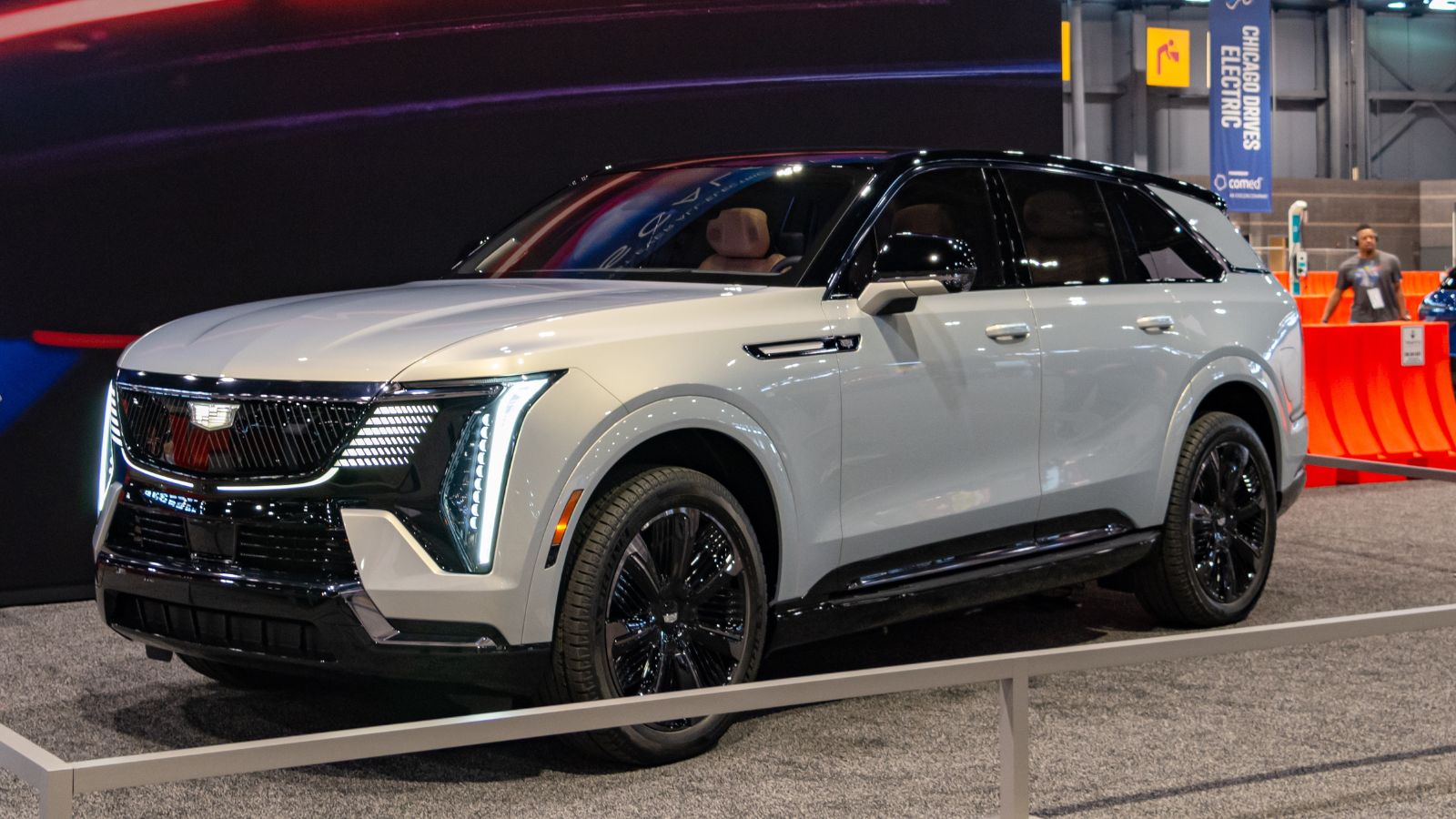
The real driver behind this decision is not just about reducing distraction. It is about data and revenue. CarPlay and Android Auto allow Apple and Google to control the flow of information once the phone is connected. Automakers are effectively locked out of valuable user data when drivers use these systems. By eliminating them, GM keeps all that data inside its own ecosystem. This data is gold for an automaker, influencing future design choices, shaping customer experiences, and opening the door to advertising and subscription services. In other words, GM is not just removing CarPlay and Android Auto for safety. It is making a play for long term profit.
Why Homegrown Systems Worry Drivers

Automakers have been trying to build their own infotainment systems for decades, and most of the time, they fall flat. Customers often complain about laggy touchscreens, confusing menus, and poor app support. CarPlay and Android Auto became popular because they solved this problem, bypassing clumsy native systems with the familiar interfaces of smartphones. GM is now asking drivers to trust that its new in house system will be better. But history is not on their side. Many drivers are skeptical that GM can deliver a platform as polished, simple, and reliable as what Apple and Google already provide.
Past Failures That Cannot Be Ignored

There are plenty of reminders that automakers often overpromise and underdeliver with in car tech. Ford’s first SYNC system was riddled with glitches, Chrysler’s Uconnect had stability issues, and even GM’s own MyLink platform struggled with speed and consistency. Consumers turned to CarPlay and Android Auto because they worked seamlessly, matched their phones, and required no learning curve. GM’s new direction risks undoing all of that progress, forcing drivers back into systems that could frustrate more than they help.
Safety or Sales Pitch
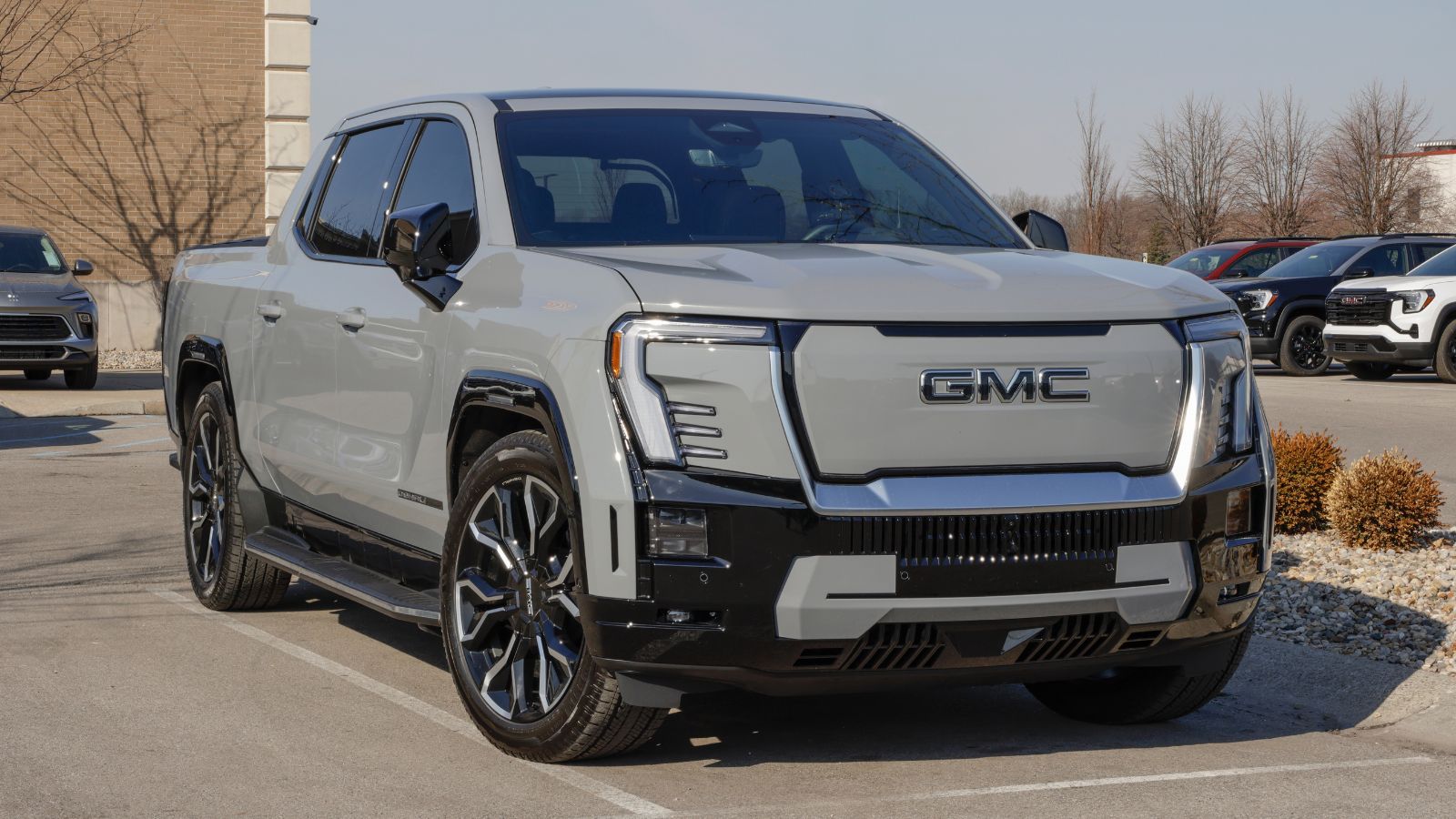
Mary Barra’s comments about safety are not entirely wrong. Switching between different interfaces while driving does create distraction. A single unified system can, in theory, improve safety by minimizing those changes. But it is also true that millions of drivers find CarPlay and Android Auto safer precisely because they are familiar. Drivers know where their apps are, how the voice commands work, and how to operate them without fumbling. Asking customers to adapt to a brand new interface across the entire GM lineup could actually create more distraction, at least in the short term.
The Coming Consumer Backlash
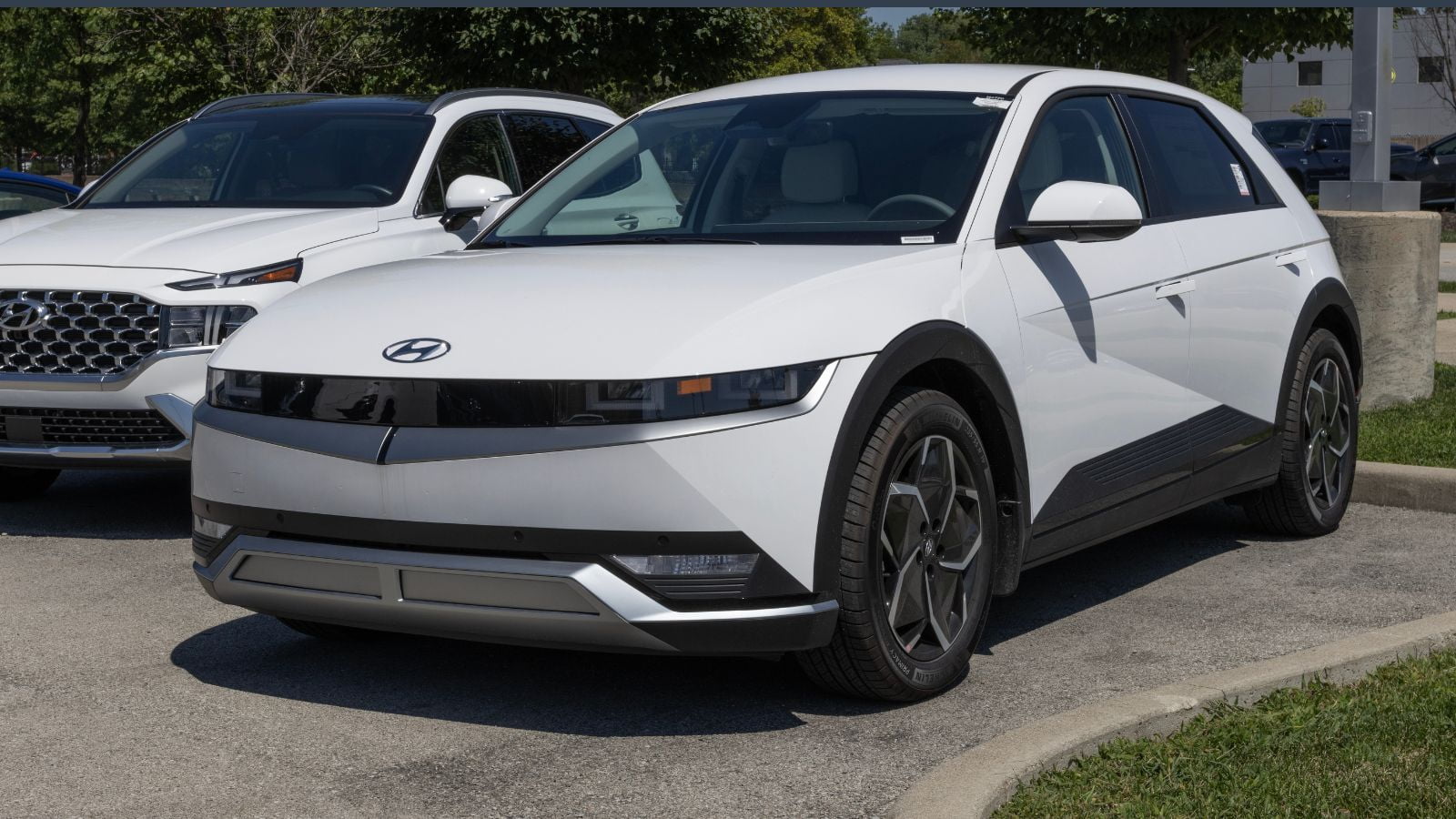
The response among drivers has already been mixed to negative. Loyal GM owners and tech savvy buyers are voicing frustration online, pointing out that they specifically want Apple or Google’s systems in their next cars. Removing them feels like a step backward. In a highly competitive market, buyers have plenty of alternatives. Brands like Ford, Toyota, and Hyundai continue to embrace CarPlay and Android Auto. By locking customers out of those platforms, GM risks pushing many to simply buy elsewhere.
What GM Gains by Cutting CarPlay

For GM, the upside is obvious. It controls the data, keeps customers inside its digital ecosystem, and opens the door to new revenue streams. With Android Automotive OS, GM can monetize navigation, streaming, driver assistance, and even advanced performance features by bundling them into subscription packages. This fits with the broader industry trend of trying to turn cars into rolling tech platforms rather than one time purchases. Eliminating CarPlay and Android Auto keeps that control in GM’s hands, and that could be worth billions.
Can GM Deliver a System That Works

The biggest question is whether GM can actually deliver a system drivers will want to use. Android Automotive OS has shown promise in vehicles from Polestar and Volvo, where it has been praised for smoother performance than older systems. If GM invests heavily in making its platform fast, intuitive, and reliable, it could surprise skeptics. But given the long history of disappointing OEM software, many are bracing for problems. Once burned by laggy or frustrating infotainment, drivers may not be quick to forgive.
The Brand Risk
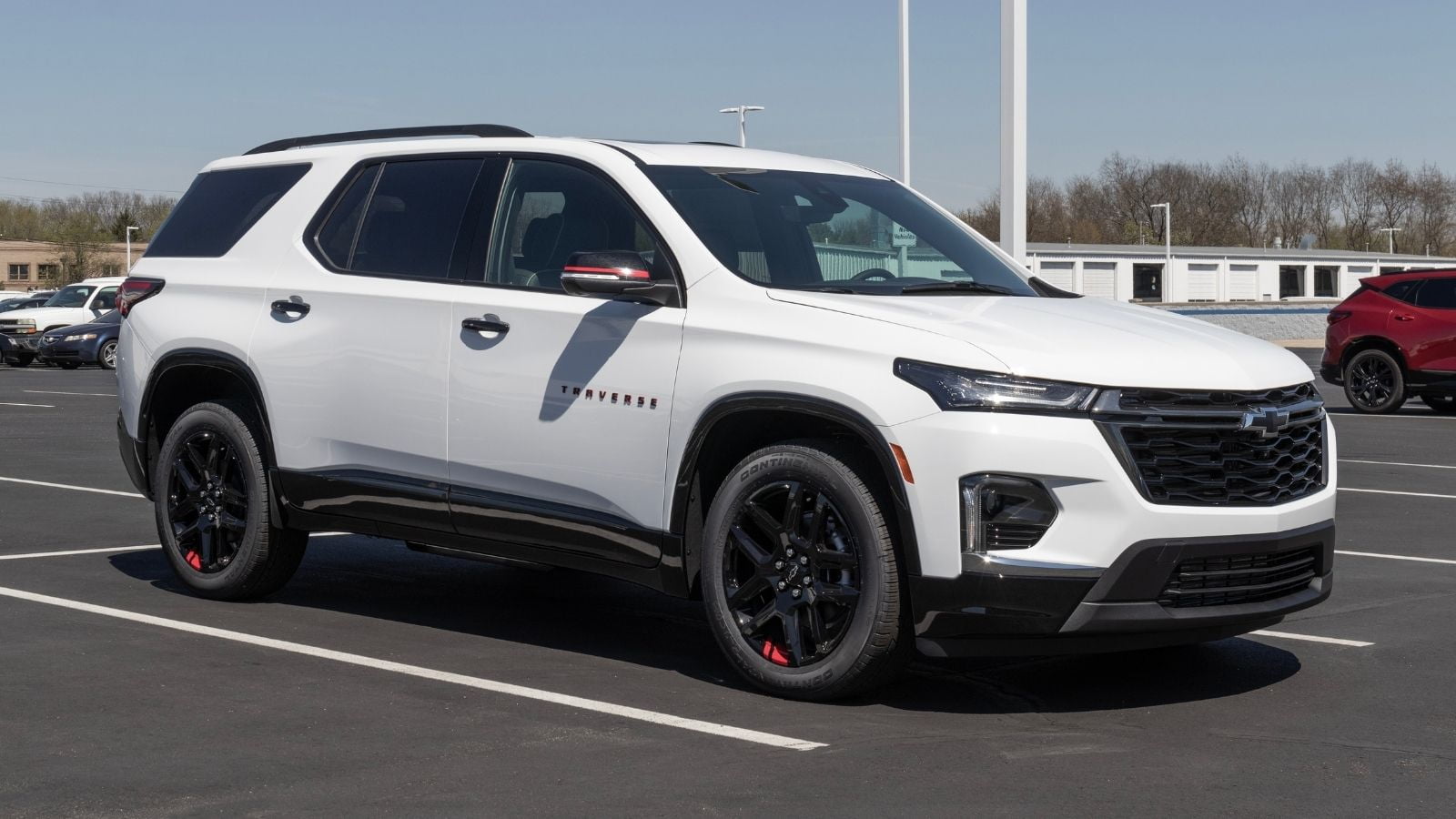
GM’s gamble is not just about technology. It is about perception. For many buyers, Apple CarPlay and Android Auto are must have features. They expect them in any new car, whether entry level or luxury. By removing them, GM risks damaging trust and alienating customers who feel the company is ignoring what they actually want. At a time when EV adoption and brand loyalty are already fragile, the wrong tech move could drive customers to competitors.
The Operations

GM is taking a big risk by phasing out two of the most popular in car tech features ever introduced. The company insists that its new Android Automotive based system will deliver a smoother, safer, and more unified experience. The reality is that the decision is less about convenience and more about controlling data and revenue. If GM gets it right, it could set a new standard for the industry and prove that in house systems can compete with Silicon Valley. If it fails, it may drive away customers and reinforce the very reasons CarPlay and Android Auto became indispensable in the first place.
25 Facts About Car Loans That Most Drivers Don’t Realize

Car loans are one of the most common ways people fund car purchases. Like any other kind of loan, car loans can have certain features that can be regarded as an advantage or a disadvantage to the borrower. Understanding all essential facts about car loans and how they work to ensure that you get the best deal for your financial situation is essential. Here are 25 shocking facts about car loans that most drivers don’t realize:
25 Facts About Car Loans That Most Drivers Don’t Realize
